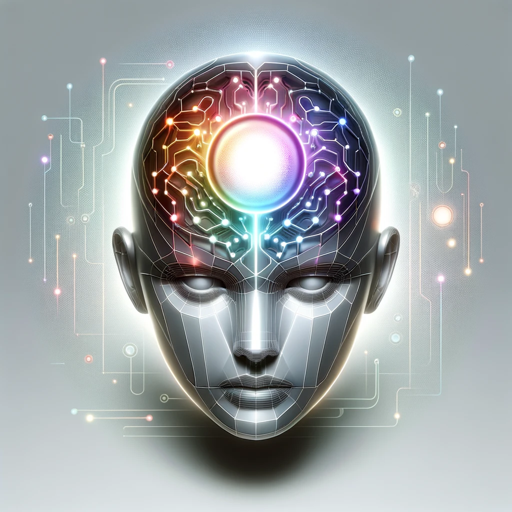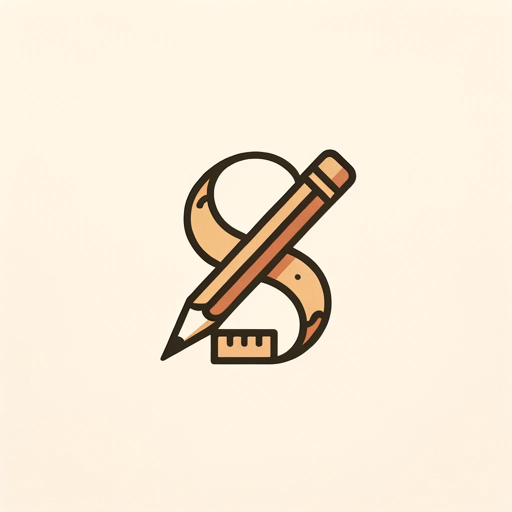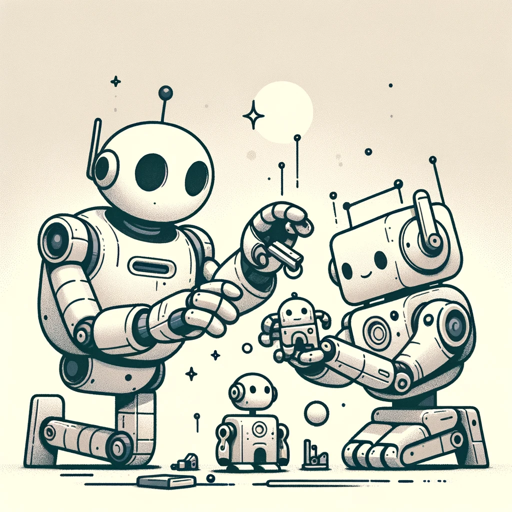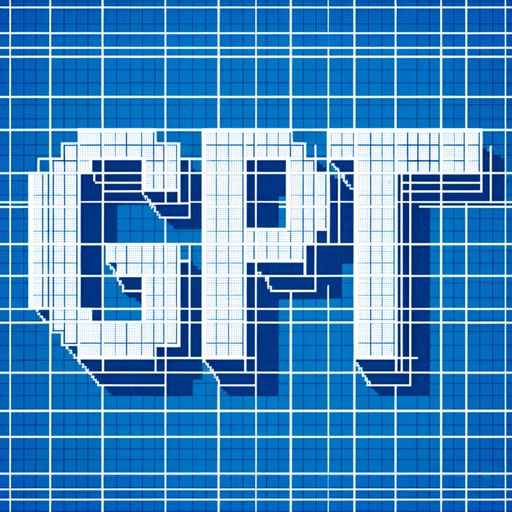Design GPT-AI-powered design assistant
AI-Powered Design Assistance, Simplified
Can you give me UI feedback on this?
How can I make this screen more accessible?
Does my design conform to human interface guidelines?
How could I reduce the number of clicks in this flow?
Related Tools
Load More
Electronics Hardware Design GPT
Expert in electronics and hardware design, circuit and PCB guidance

GPT Instruction Genius
[V4] Crafts detailed instructions from your ideas, to create GPTs that provide structured and consistent outputs. Tip: Write '/changelog' to see the latest changes!

Design System GPT
Mentor for designers on creating modern design systems

GPT Builder Builder
Your guide to creative GPT building.

Better GPT Builder
Guides users in creating GPTs with a structured approach. Experimental! See https://github.com/allisonmorrell/gptbuilder for background, full prompts and files, and to submit ideas and issues.

GPT Architect
Expert in designing GPT models and translating user needs into technical specs.
20.0 / 5 (200 votes)
Introduction to Design GPT
Design GPT is a specialized AI assistant designed to assist with product design, particularly in user experience (UX) and interface design (UI). It is built to provide creative insights, offer practical advice, and support design decisions by incorporating best practices in design principles. Design GPT excels at breaking down complex design processes, guiding designers through ideation, prototyping, and testing phases. For example, if a designer is working on a mobile app interface, Design GPT can suggest common UX patterns like bottom navigation or floating action buttons based on user needs, ensuring both functionality and aesthetic appeal. Additionally, it serves as a knowledge resource, capable of referencing design guidelines (such as Material Design or Human Interface Guidelines) and suggesting optimizations tailored to the project at hand.

Main Functions of Design GPT
User Experience (UX) Consulting
Example
Providing feedback on user flows, ensuring that each step is intuitive and user-friendly. For instance, when designing an e-commerce checkout process, Design GPT may recommend minimizing the number of steps to reduce user drop-off.
Scenario
A product manager is unsure why users abandon the checkout process. Design GPT analyzes the flow and suggests simplifying steps like auto-filling address forms and reducing unnecessary fields.
Interface Design Advice
Example
Suggesting optimal interface components and layouts for various screen sizes, such as responsive grids for websites or specific button placements for mobile apps.
Scenario
A designer is working on a website's mobile view and needs to ensure usability across different devices. Design GPT recommends using a grid system that automatically adjusts depending on screen size while maintaining a balanced visual hierarchy.
Design Trends and Best Practices
Example
Keeping users informed about the latest design trends like minimalism, neumorphism, or inclusive design, and how they can be applied to current projects.
Scenario
A startup is developing a new app and wants it to feel modern and engaging. Design GPT advises incorporating neumorphic elements for a fresh, contemporary look while maintaining accessibility.
Ideal Users of Design GPT
Product Designers
Product designers can leverage Design GPT to refine their workflows, ensure that their designs meet user expectations, and stay informed on best practices. Design GPT acts as a mentor and guide, offering insights into user experience strategies, interaction patterns, and visual aesthetics.
UX/UI Teams in Startups and Enterprises
Startup teams and larger enterprise UX/UI departments benefit from using Design GPT to streamline their design processes. For startups with limited resources, it offers quick solutions and expert advice without the need for an extensive team. For larger companies, it supports scalability by ensuring consistency in design standards across teams.

How to Use Design GPT
Visit aichatonline.org for a free trial without login, no need for ChatGPT Plus.
Navigate to the website to begin using Design GPT instantly without any sign-up hassles or paid subscriptions.
Explore the interface
Familiarize yourself with the user interface. Look for sections like ‘Design Tips,’ ‘Case Studies,’ and ‘AI-Assisted Design’ for targeted assistance.
Input your design queries or upload files
Enter specific questions about design or upload relevant files. This could include wireframes, design mockups, or specific design challenges you’re facing.
Review the AI-generated suggestions
Examine the detailed design advice provided by Design GPT. Ensure that the suggestions align with your project goals and tweak them as necessary.
Iterate and refine your design
Implement the suggestions and refine your design. Use Design GPT to review and optimize your work, ensuring it meets the best design principles and user experience standards.
Try other advanced and practical GPTs
Blog SEO Expert
AI-powered tool for optimized blogging
AutoTasker
Automate your tasks with AI precision.
PEC - English
AI-Powered English Skill Enhancement
SEO BlogGPT JPN
AI-Powered SEO Content for All Needs
SEO BlogGPT KOR 블로그 SEO 포스트 작성
AI-Powered SEO Blog Post Generator
SEO BlogGPT - 100% SEO Optimized Blog Writer
AI-Driven SEO Blog Writing Solution
Write like Paul Graham
AI-powered clarity for your writing

Frappe GPT
AI-powered guidance for Frappe Framework and ERPNext.

Coloring books
AI-powered creativity for everyone
Next Level Email Verifier
AI-powered Email Verification Made Easy
News Bias Corrector
Neutralize news with AI precision.

Poetry Tutor
Enhance your poetry skills with AI-powered guidance.

- Trend Analysis
- Prototyping
- UI Design
- Design Review
- UX Analysis
Design GPT Q&A
What is Design GPT?
Design GPT is an AI-powered tool that assists with user experience and interface design, providing expert advice, creative ideas, and trend analysis to enhance your product designs.
How can Design GPT help improve my design process?
Design GPT can provide actionable insights on best practices, review design mockups, suggest optimizations, and offer ideas for enhancing usability and aesthetic appeal, saving time and ensuring high-quality results.
Is Design GPT suitable for beginners?
Yes, Design GPT is designed to assist both beginners and experienced designers. It offers clear, structured guidance, making complex design principles accessible and easy to implement.
Can I use Design GPT for platform-specific designs?
Absolutely. Design GPT can tailor its advice for different platforms, such as Android or iOS, ensuring that your design aligns with platform-specific guidelines like Material Design or Human Interface Guidelines.
What types of design files can I upload?
You can upload various design files including wireframes, mockups, and detailed design documents. Design GPT will analyze these and provide tailored feedback and suggestions.